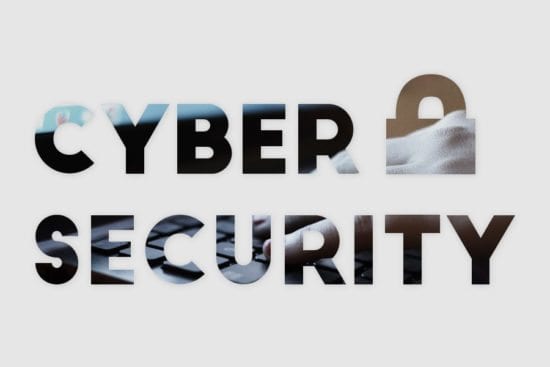We all know that the cybersecurity landscape is constantly changing. Amid a backdrop of constantly evolving technology, attack methods and tools with which to protect our data, the situation has only become more complex.
For all their additional complexity, businesses have accepted the reality that to remain competitive, they must embrace new technology with open arms, but it often comes at great expense. For example, although businesses abstaining from adopting new opportunities will find themselves stuck in the digital Stone Age, the ones who are entrenched in the world of cloud and mobile applications have to understand that these platforms bring with them great risks to company security.
Cybersecurity in Today’s World
As if the situation weren’t complicated enough, the Internet of Things has greatly expanded the potential attack surface. Once upon a time, there were gadgets in the workplace that weren’t networked and therefore couldn’t be hacked. But now, we are headed towards a place where anything, and just about everything, will soon be networked. With each additional connection, we become more vulnerable to attacks and these attacks can wind up costing an arm and a leg to mitigate, and that’s just in the here and now. For enterprises, the long term effects to brand reputation and bottom line may be felt for years.
According to Andrew Newman, CEO of Reason Core Security, “As the digital attack surface continues to expand, thanks to the explosion of internet-connected devices, it’s easier than ever to lose sight of what’s running on our networks. People tend to forget that everything from their Alexa to their smart door locks to their wifi light bulbs are networked minicomputers, all of which create a digital trail of our lives. Attackers are fully aware of this reality and look for networks with vulnerable device connections.”
The Nature of Cyber Attacks
It is important to note that cyberattacks are not just frequent, but are also innovative and creative. Even though companies around the globe employ security specialists to ensure security is a part of their DNA, they still fail to keep up with hackers who are adept at coming up with new ways to infiltrate networks. The Internet of Things is just one more challenge to be explored and hacked. Even though precautionary measures can be taken, some things are beyond the control of the user. This becomes more evident with the fact that hackers are now capable of pulling of sophisticated and complex attacks that not only deal with information from public networks but privates sources as well.
It is estimated that a staggering 50 billion devices will be connected to the internet by 2020. With the constantly evolving technologies, any and all devices connected to the internet will in fact provide a greater attack surface for cybercriminals. A recent study went as far as to demonstrate that a staggering 70% of IoT devices are vulnerable to attacks. Unless these vulnerabilities are on the company’s collective “security radar” they inevitably will end up becoming entry points for attacks.
Internet of Things and its Effect on Cybersecurity
According to Newman “When it comes to securing networks running IoT devices, the key is to increase awareness and visibility.” Tools like the IoT Scanner from Reason Core Security review network connections, looking for vulnerabilities. When they are found, the user is alerted to their presence. This new generation of tools are providing a new level of clarity and insight into territory that was previously shrouded in darkness for the typical user.
The cybersecurity arms race remains in full swing, as is apparent with the rise in popularity of new tools focused on solving emerging issues. These tools are giving businesses and individuals a better chance at protecting themselves by ensuring they remain anonymous and secure at all times.
[su_box title=”About Anas Baig” style=”noise” box_color=”#336588″][short_info id=’101690′ desc=”true” all=”false”][/su_box]
The opinions expressed in this post belongs to the individual contributors and do not necessarily reflect the views of Information Security Buzz.



